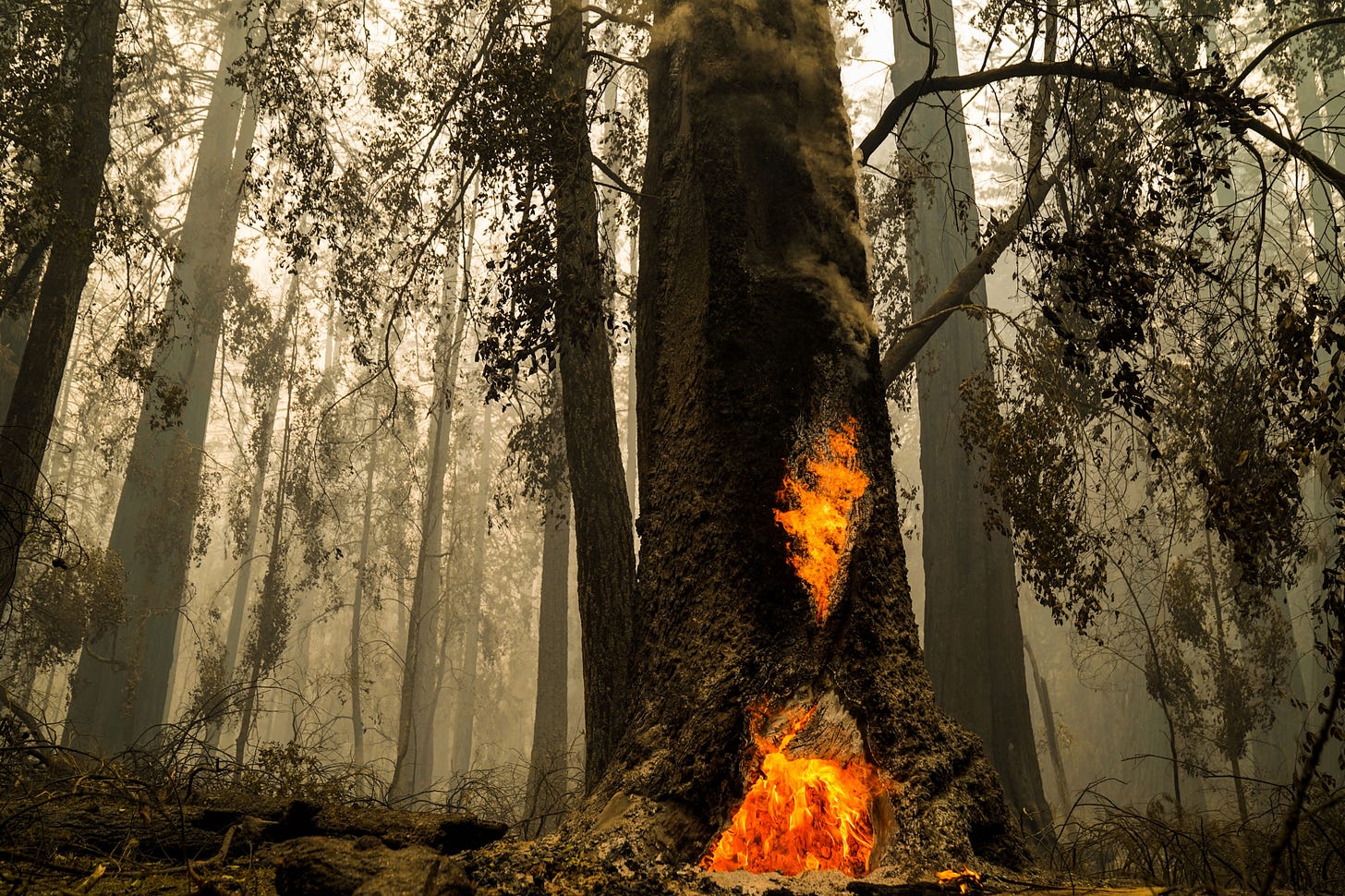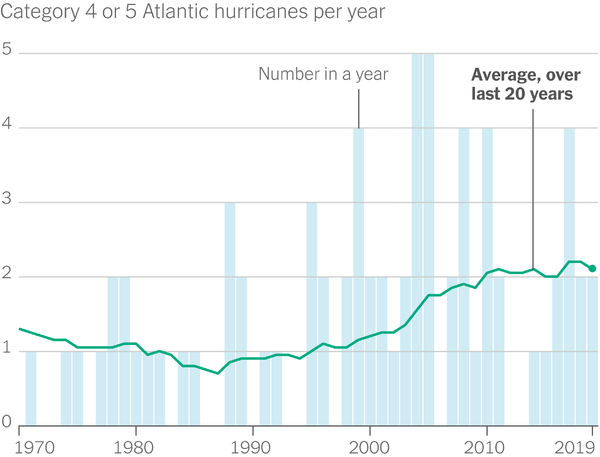Sometimes you choose topics and themes. Other times topics and themes choose you.
Today, the strongest hurricane to hit Louisiana since the Civil War made landfall, leaving widespread damage, rushed evacuations, and half a million people without power. On almost exactly the fifteen year anniversary of Hurricane Katrina, Hurricane Laura arrives.
Last week we saw burned-out redwoods, sad monoliths to some of the most devastating wildfires in California's history.

The week before that trees and power lines were falling in NYC and throughout the northeast, causing rolling blackouts.
And that’s just America, a country that isn’t even the most vulnerable to climate change (but should definitely give its most climate-vulnerable citizens a stronger voting say).

Source: Global Climate Risk Index
Science tells us the relationship between climate change and weather is complex. That’s true, but there’s no longer any doubt among the scientific community climate change is strengthening extreme weather.
Storms Are Stronger
As the New York Times research and interviews make clear: “storms draw their energy from the ocean, and warmer water provides more energy.”
Climate change doesn’t make storms and hurricanes happen more often, it makes the ones that do stronger. Warm water expands, contributing to rising tides and sea levels. A warmer atmosphere helps clouds hold more water, increasing rainfall and flood risks.

Wildfires Are More Frequent
By comparison, climate change increases the frequency and amount of wildfires in places like California and Australia. New research from Stanford University finds climate change has doubled California’s high-risk wildfire days.

As mean temperature in California climbs - by 1.8° C so far - heat waves evaporate air and soil moisture faster, creating dry conditions where fires are more likely to start and spread. Normally, the Pacific Ocean helps cool coastal California, but climate change is now diminishing its protective effects.
Temperatures are Rising
Global warming isn’t news to anyone at this point. That said, we find a lot of people still don’t fully grasp or internalize the implications of the temperature trend Earth is currently undergoing. Without major change, heat waves and droughts will be the norm in most parts of the world within 20 to 30 years, putting millions of people, animals, and farms at risk.

U.S. average winter and summer temperatures, recent historical vs. 2035-2050 at 2°C global warming. Source: Vox
It’s now late in 2020. Hurricane Laura is here, wildfires are here, and we’ve already wasted a lot of precious time. Let’s all continue pursuing our climate work and contributions with urgency and humility.
Our sincerest sympathies go out to everyone currently in harm’s way. If you’re looking for some thought-starters, here are some ways to help storm and wildfire communities.
—
This Week in Sustainability is a weekly email from Brightest (and friends) about sustainability and climate strategy. If you’ve enjoyed this piece, please consider forwarding it to a friend or teammate. If you’re reading it for the first time, we hope you enjoyed it enough to consider subscribing. If we can be helpful to you or your organization’s sustainability journey, please be in touch.



